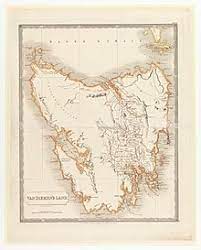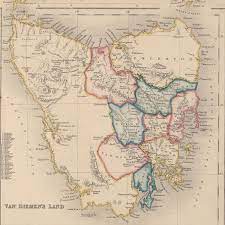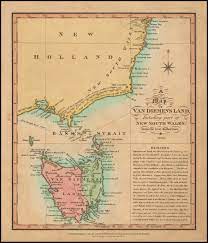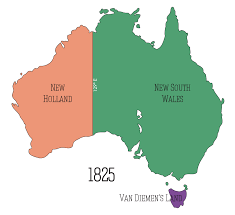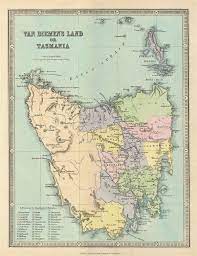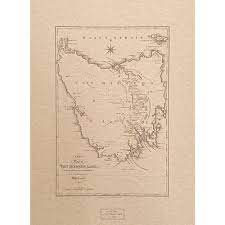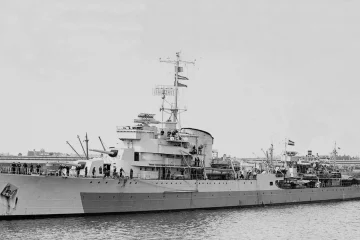The name Van Diemen’s Land was given to the island of Tasmania by the Dutch explorer Abel Tasman in 1642, in honour of Anthony van Diemen, the Governor General of the Dutch East Indies who had sent him on his voyage. The name was used by the British settlers who established a colony there in 1803, before it became a separate colony from New South Wales in 1825.
Two years later on his 2nd voyage he also named what is now the continent ‘New Holland‘. However, Tasman did not circumnavigate the island, and did not realise that it was separated from the mainland of Australia.
The first European to establish that Tasmania was an island was Matthew Flinders, an English navigator and cartographer. He circumnavigated Tasmania in 1798-99 with his friend George Bass, who had earlier sailed through the strait between Tasmania and mainland Australia, now known as Bass Strait. Flinders and Bass proved that Tasmania was not part of the mythical southern continent of Terra Australis.
Tasmania
The name “Van Diemen’s Land” was changed to “Tasmania” in 1856. The change was initiated by the British colonial authorities and ultimately approved by Queen Victoria. The name change was brought about through an act of the British Parliament known as the “Van Diemen’s Land Name Act 1856.” The act received royal assent on 1st January 1856, and that’s when the name officially changed. However, the usage of the new name took some time to become widespread.
The initiative for the name change came from the colonial authorities in Van Diemen’s Land. The decision was likely influenced by various political, social, and economic factors of the time.
The name change was primarily motivated by a desire to disassociate the island from the stigma of its convict past. Van Diemen’s Land had been established as a British penal colony in 1803, and its name had become synonymous with convict transportation and harsh penal conditions. By renaming the island to Tasmania, the authorities aimed to create a fresh identity for the colony.
After the name change, “Tasmania” was chosen as the new name to honour the explorer Abel Tasman, who was one of the first Europeans to reach the island in 1642. The new name Tasmania reflected the island’s historical significance and its connection to European exploration.
